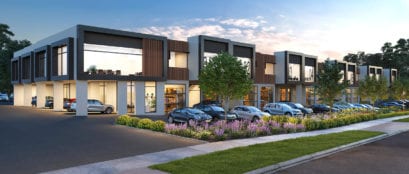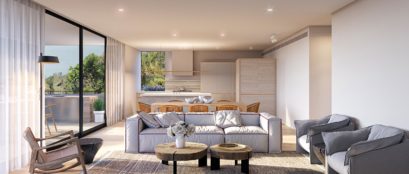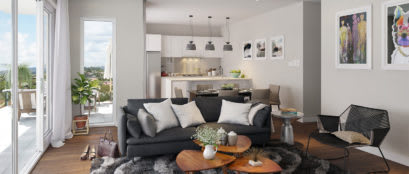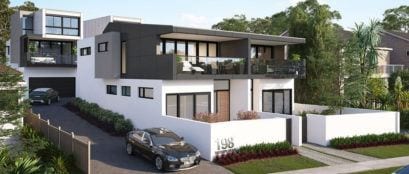At the heart of all architectural visualisation efforts is a singular goal – enabling end users to experience spaces before they actually come into existence. This is what made architects and planners of yore fuss over the perspectives and details of every pencil sketch. It is also why photorealistic rendering went from novel to mainstream in a dramatically short span of time. And currently, this desire to accurately model the unbuilt is ushering in a new era in 3D architectural visualisation.
In 2018, Chaos Group undertook an exhaustive survey of architectural practices across the globe. The purpose behind this study was to identify the industry’s digital trends and preferences – particularly in regards to 3D architectural visualisation – and chalk out a roadmap of what lies ahead. Chaos Group found that 80% percentage of architects and interior designers were planning on adopting virtual reality (VR) as a visualisation medium.
Exploring dimensions beyond 3D architectural visualisation
With the advent of 3D modelling services, the architectural fraternity overcame a long-standing visualisation challenge. 3D digital models replaced 2D sketches and drawings, and allowed buildings and spaces to be presented from innumerable angles. Photorealistic rendering further enhanced the experience, helping clients understand not just physical details like materials and lighting, but also the intangibles of form, space and order. It was only a matter of time before the industry would look to push the envelope further, and that is precisely what has happened with VR.
By taking 3D architectural visualisation into the realm of VR, designers are finally unlocking the full potential of three-dimensional modelling. VR takes architectural presentations past the constraints of physical location and presentation media, and makes them interactive in a way that they’ve never been before.
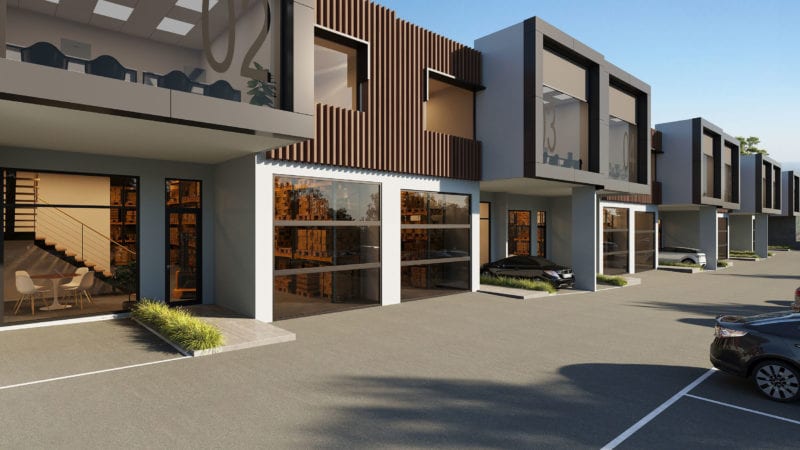
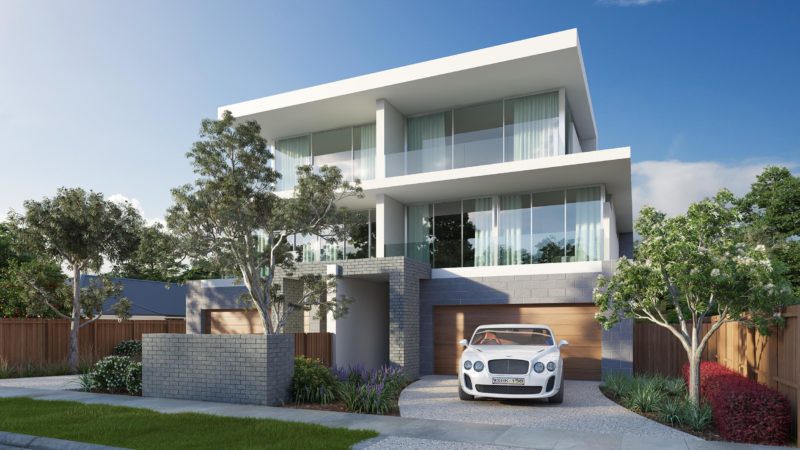
From modelling to place-making
The Chaos Group study mentioned at the beginning of this article revealed many interesting insights. Besides the fact that an overwhelming majority of design firms planned to use VR in the not-so-distant future, the numbers showed that this interest had little to do with the company’s scale of operations. Moreover, architects who were already using VR for 3D visualisation at the time of the survey said that they were adopting it in multiple projects – an indicator of the technology’s scalability and ease of implementation.
VR doesn’t just transform the way architects present designs to their clients. It reshapes the design process itself, turning it into a real-time, organic and inclusive place-making exercise. VR-driven 3D digital models can not only simulate the experiential nuances of the design in question, they also serve as immersive worlds that can be inhabited, explored and altered with an unprecedented level of ease.
VR-based 3D visualisation bodes well for the ever-evolving, experience-driven industry that is architecture. At present, large firms (with 100 or more people on board) are leading the revolution. But given the overwhelming response by smaller studios, and the accessibility of rendering platforms like V-Ray and Unreal, it won’t be long before the technology is adopted across the board.
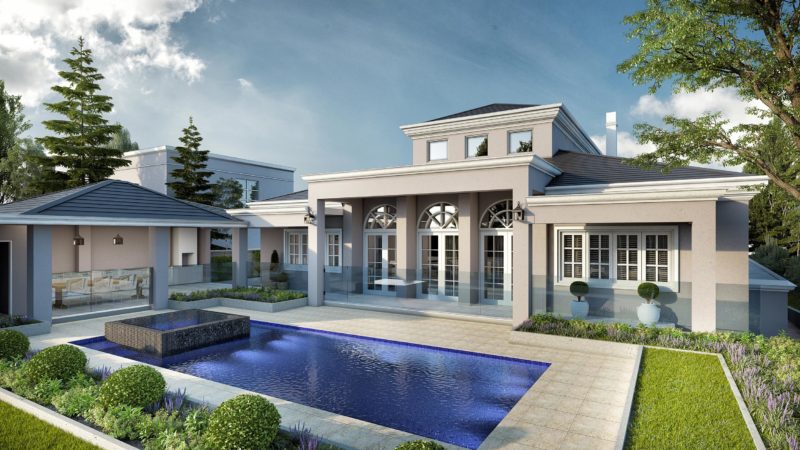
Need high-quality 3D property visualisation for your upcoming project? GT Images offers photorealistic architectural renders and tailored 3D modelling services to help your designs stand out. Contact us to start a discussion.





